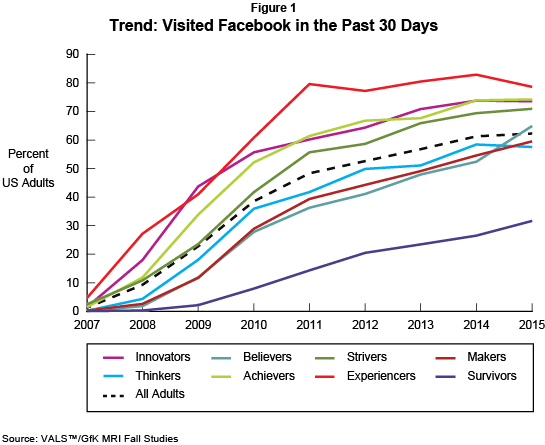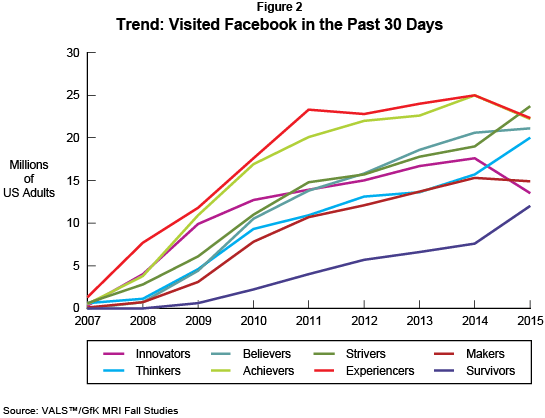Why-ology News: Trend Go beyond the what to the why of consumer behavior. August 2016
Facebook News
In June 2016, following an aggressive courtship of news publishers, Facebook (Menlo Park, California) announced a change in its algorithm to give precedence to baby pictures and beach photos over articles from news providers such as the New York Times, the Atlantic magazine, and BBC News. Facebook's algorithms are the code that determines the posts to its 1.65 billion users at logon. Facebook has advised its publisher-partners "their traffic might decline as a result." Media companies are unhappy with Facebook's change.
"Measured by web traffic, ad revenue and influence over the way the rest of the media makes money, Facebook has grown into the most powerful force in the news industry," reports the 28 June 2016 New York Times. Because of Facebook's reach and influence, the company is under constant scrutiny and criticism about what it posts. For example, Facebook recently had to defend against allegations of suppressing conservative points of view in its Trending Topics section. Facebook, however, is a social network not a news organization. The site's purpose is to let members know what's up with friends and family—news and entertainment is a secondary mission.
Trending Facebook visits in the past 30 days provides some insight about why Facebook is retrenching. Figure 1 shows the percent of Facebook visitors in the past 30 days from fall 2007 to 2015: The percent of monthly visitors has increased from 1.3% of US adults to 62% (excluding the number of visits per month.) Characteristically, Experiencers were the first to adopt Facebook—they remain Facebook's number one users, followed by Achievers and Innovators. The three groups have different interests and different frequency-use patterns. In a nutshell, Experiencers have the highest interest in beach photos (it's all about them), and Achievers have the highest interest in baby pics (it's all about family). Innovators are more likely than other groups to be interested in published news and to use the widest variety of sources to access news and information. Between 2014 and 2015, Experiencers' visits have declined 4 percentage points; visits by Achievers and Innovators are basically unchanged. Clearly, "news" wasn't of sufficient interest to Facebook's best members to drive site growth.

For a different big-picture view, it's often helpful to look beyond the distribution of the population of interest or the percent of each group that engages in a behavior. For example, Figure 2 shows weighted populations. The number of Experiencers who visited Facebook in the past 30 days has declined from 25 million in 2014 to 22.3 million in 2015, Achievers from 25 million to 22.2 million, and Innovators from 17.6 million to 13.5 million during the same period. The data indicate that Experiencers—typically—may be moving on to newer, more novel social-media sites; Achievers to sites that provide more of what they want (not news); and Innovators to sites that provide content that focuses on the news and information they seek.

To learn more about why social-media site use is changing, contact the VALS team.